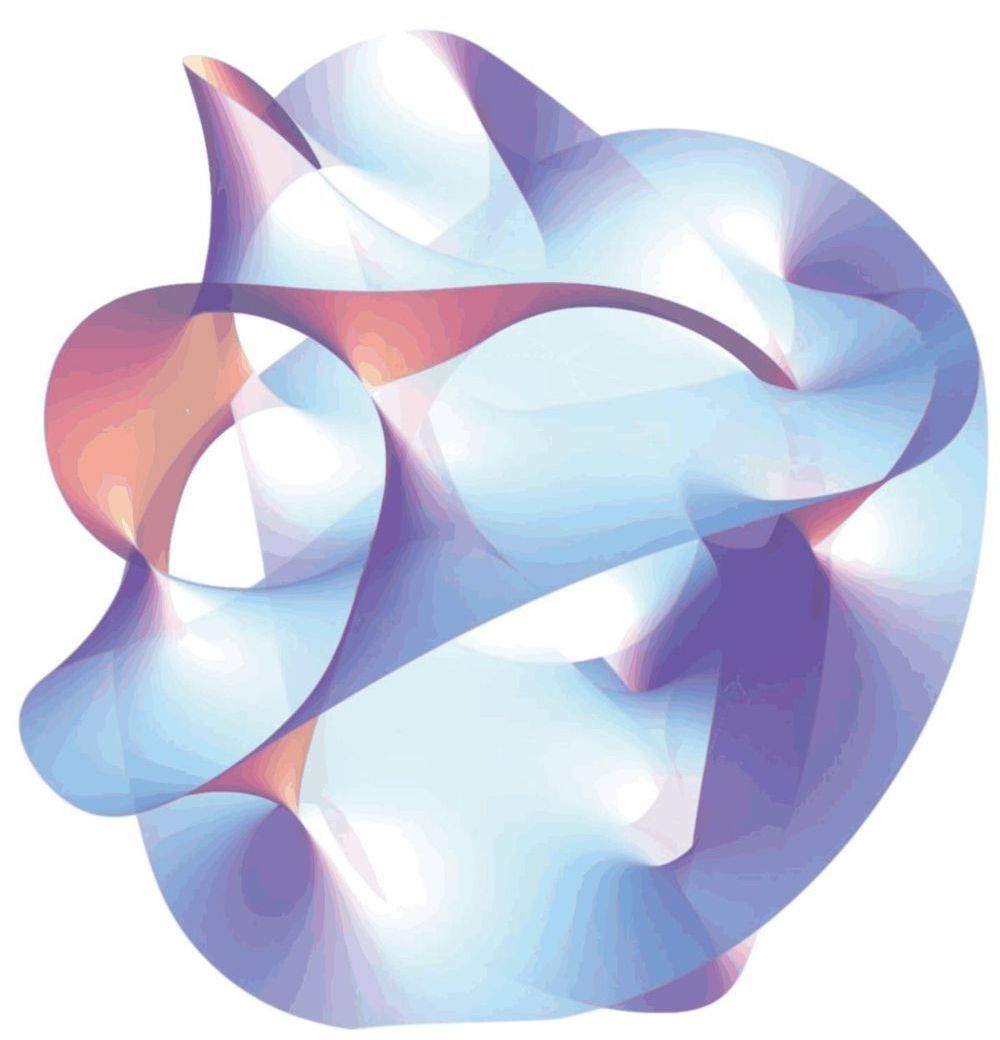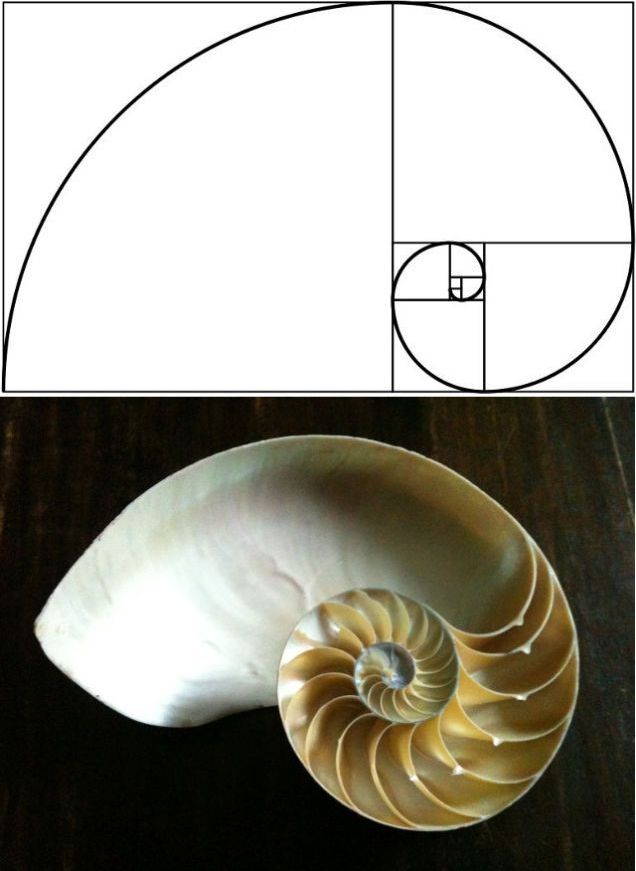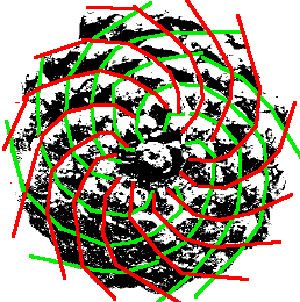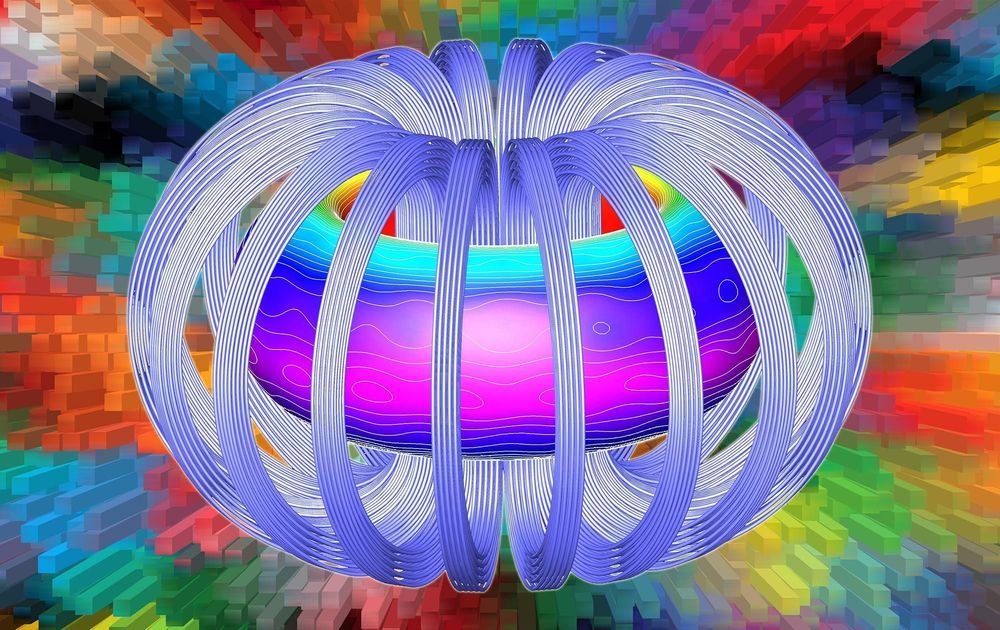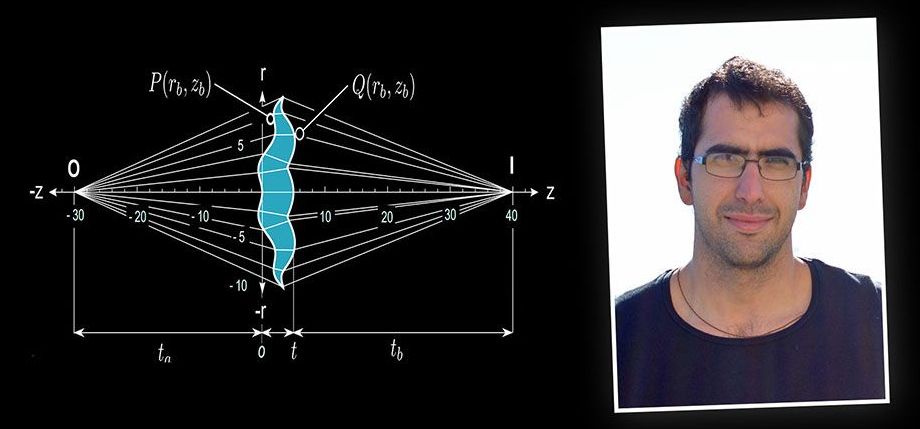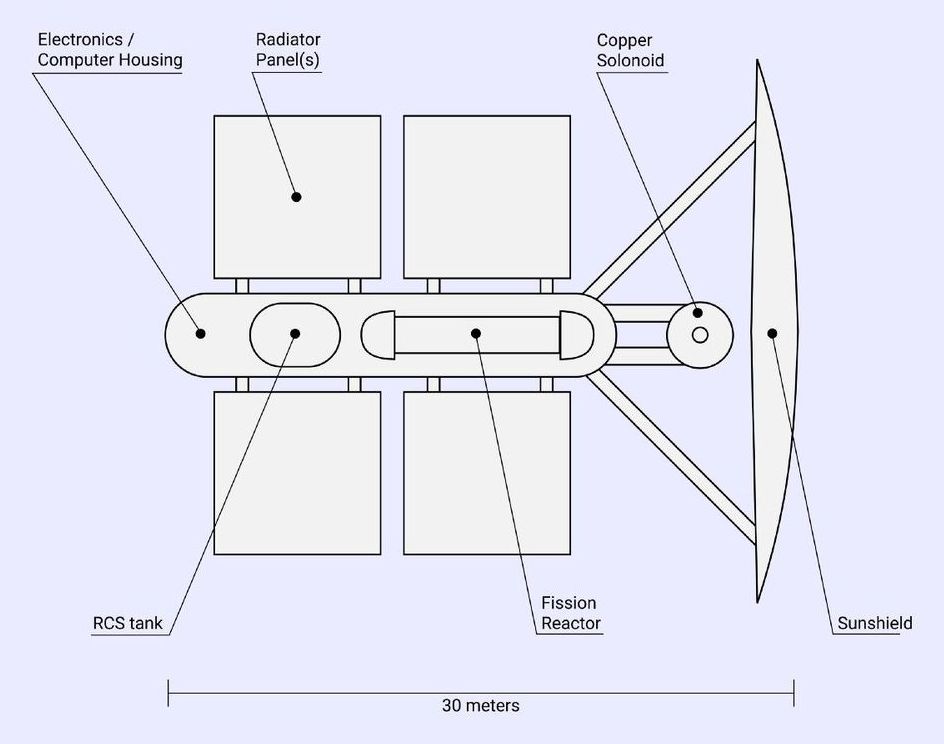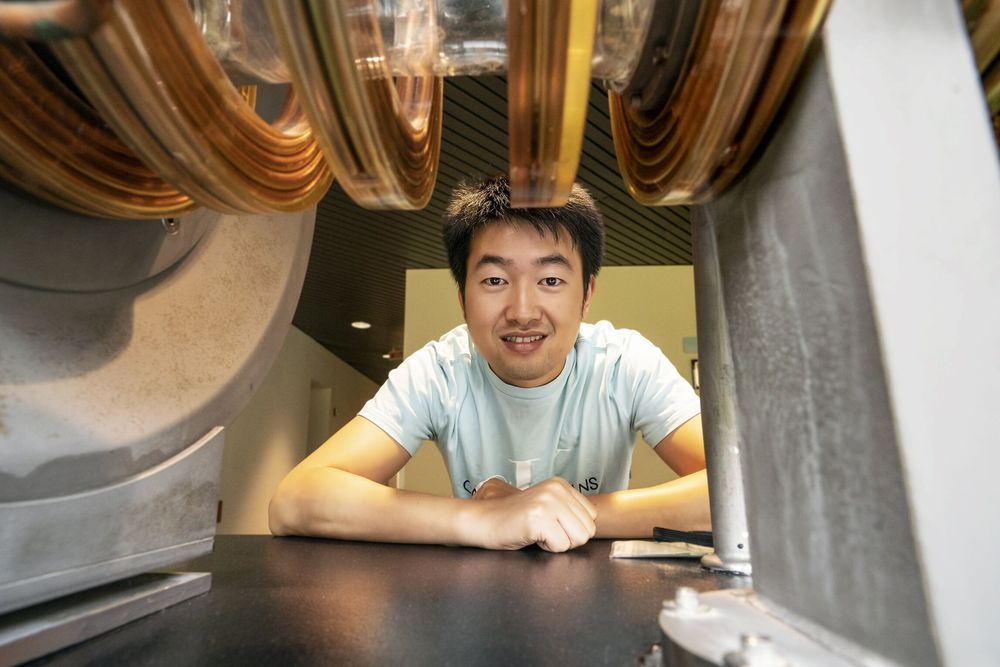Sep 3, 2019
The ‘Nobel Prize of Math’ Has Been Won By A Woman For The First Time Ever
Posted by Fyodor Rouge in categories: information science, mathematics, physics
❤👍👍👍
Greetings with some good news for the women’s world. Just recently, one of the most prestigious mathematics prizes in the world – The Abel Prize was awarded to a woman for the first time ever. Yes! Karen Uhlenbeck is a mathematician and a professor at the University of Texas and is now the first woman to win this prize in mathematics. You go Karen!
The award, which is modeled by the Nobel Prize, is awarded by the king of Norway to honor mathematicians who have made an influence in their field including a cash prize of around $700,000. The award to Karen cites for “the fundamental impact of her work on analysis, geometry and mathematical physics.” This award exists since 2003 but has only been won by men since.
Continue reading “The ‘Nobel Prize of Math’ Has Been Won By A Woman For The First Time Ever” »
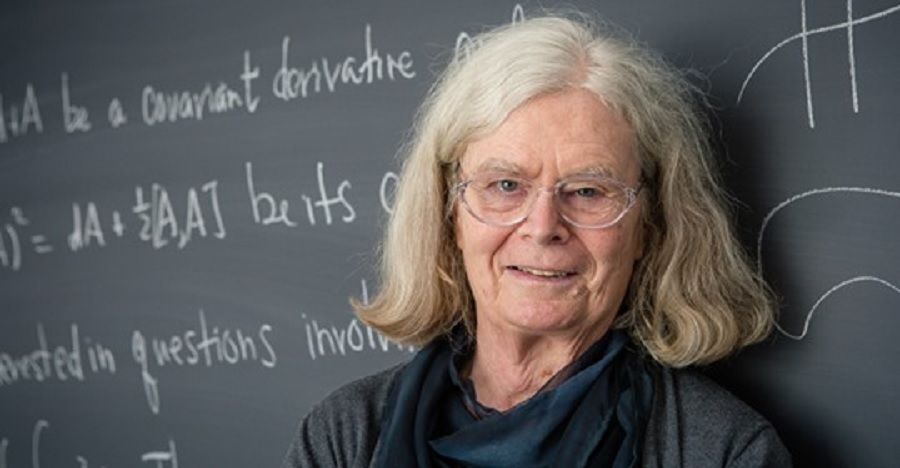
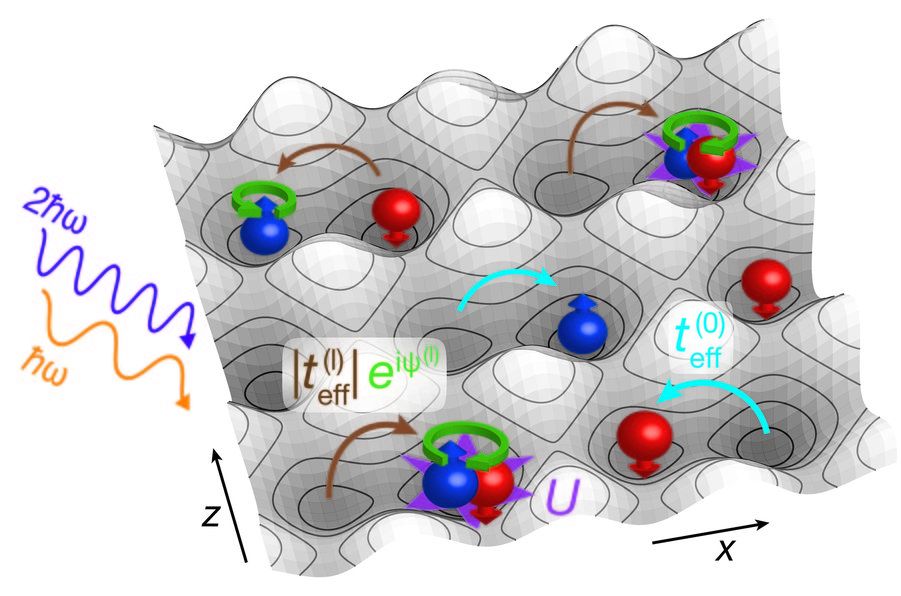

 says that mass of a particle determines the energy of the particle at rest. For an electron, its rest energy is known to be 0.511 MeV. For this given amount of energy, it cannot afford to “pack” itself into a size smaller than the size of a nucleus. Classical theory of electromagnetism is not a consistent theory below this distance. However, it is known that the electron is at least ten thousand times smaller than that.
says that mass of a particle determines the energy of the particle at rest. For an electron, its rest energy is known to be 0.511 MeV. For this given amount of energy, it cannot afford to “pack” itself into a size smaller than the size of a nucleus. Classical theory of electromagnetism is not a consistent theory below this distance. However, it is known that the electron is at least ten thousand times smaller than that.